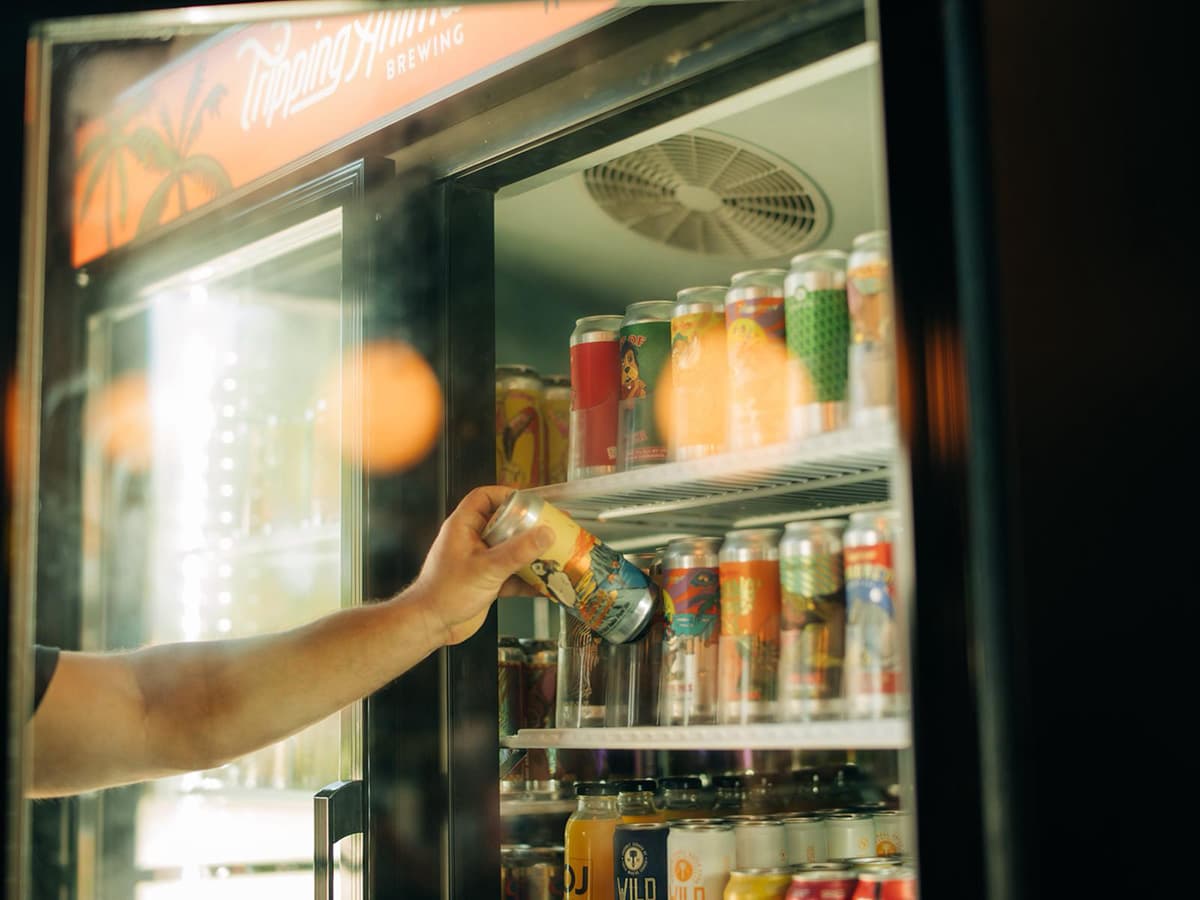
Mix It Up: The Case for Customized Four-Packs
ALL ACCESSIt takes some extra attention to pricing and inventory, but some smaller breweries are finding that mixed packs can help energize to-go sales from the taproom.
53 articles in this category

It takes some extra attention to pricing and inventory, but some smaller breweries are finding that mixed packs can help energize to-go sales from the taproom.

We know it destroys microorganisms, but does it destroy flavor profiles, too? In your quest for quality and stability, pasteurization can do more than prevent infection.

Your brewery has the potential to tap into a wider audience, bearing in mind that today’s typical drinkers aren’t beer geeks. Here’s how to grab their attention with flavor descriptions that resonate.

One of the most convenient packaging options for small, draft-focused breweries also happens to be fraught with shelf-life issues. Yet benchtop can seamers have their fans, and they have advantages, too. Here’s how to do it right.

Without wavering from its core beers or mission, this 15-year-old brewery is enjoying steady growth and planning for more. Here’s what its team has learned about the merits of staying true to the principles that got them there. (It helps when people are always ready for Lunch.)

Bucking the current headwinds to grow via distribution, Charlotte’s NoDa Brewing has ambitions to become no less (and no more) than the brand of the Carolinas.

While the tech is still young, the digital printing of cans is growing in capacity and becoming more accessible—and it can be done quickly, in batches as small as a half-pallet.

In Washington state, a new program is helping breweries and other beverage producers give reusable glass bottles a fresh look. Nationally, the cost and supply of new glass—and glaring weaknesses in recycling programs—could make such programs increasingly feasible.

Scott Jennings, Sierra Nevada’s innovation brewmaster in Mills River, North Carolina, offers a closer look at the brewery’s dialed-in approach to bottle conditioning.

One of the most effective ways to increase shelf life is one of the oldest tricks in the book: package conditioning with a bit of fresh yeast. Yet there are pitfalls. Here’s how “the biggest natural-conditioning operation in the world” goes about it.

Hop water is going mainstream thanks to its broad appeal and low cost of entry for small breweries. In the second of a two-part series on producing hop water safely and profitably, we zoom in on production, packaging, and the importance of testing.

Walmart, the country’s largest retailer, says it will require unique UPCs for each seasonal and variety pack—and other stores may follow suit. From the potential for packaging headaches to changing sales data, here’s what breweries need to know.

From nostalgia and augmented reality to big cans and clear communication of flavor, here’s how today’s breweries are standing out on increasingly crowded retail shelves.

New research and can-lining tech are expanding the options for beverages such as hard kombucha, canned cocktails, and more. Meanwhile, experts strongly urge brewers to test their cans thoroughly before releasing new drinks to market.

As brewers, we love our low DO levels and our cans of light, crisp lager in the summertime. Unfortunately, so do a couple of the stealthiest spoilage organisms known to the beer industry.

Much of the growth in convenience-store beer coolers is in the form of large, single-serve packages—but that doesn’t make the stovepipe a sure bet for all breweries.

The chief financial officer turned chief marketing officer at Chicago’s Revolution Brewing, known for dabbling in hot takes via his humorous social-media presence @beeraficionado, offers his perspective on the trends facing craft beer in 2023.

From retail woes to baby cans of grownup beer, here are some recent news and announcements from around the industry.

Consumer preference around packaging format is a moving target. Here, we visualize packaging on a global scale as well as recent movement in consumer trends in the United States.

The aluminum can manufacturer has agreed to delay until March 1 policy changes that disproportionately affect smaller, independent breweries.